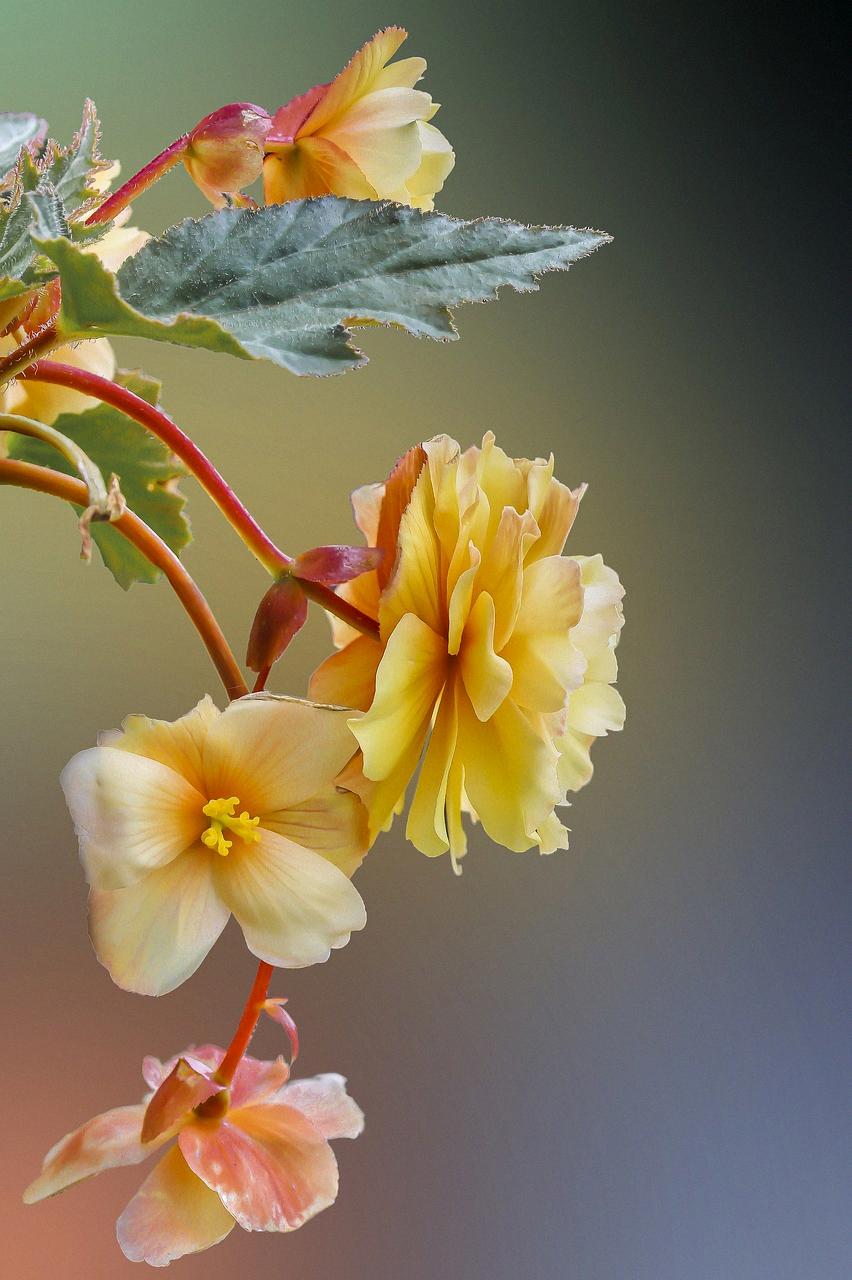When it comes to the light preferences of begonias, it’s essential to consider the diverse range of conditions that these plants can thrive in. From full sun to shade, begonias exhibit remarkable adaptability depending on their specific varieties and environmental factors.
Factors Influencing Begonias’ Sun Tolerance
In colder climates, begonias can generally tolerate more sunlight, as the cooler temperatures help prevent heat stress. On the other hand, in warmer regions, it’s crucial to provide protection from the intense afternoon sun to prevent leaf scald and foliage damage.
Leaf Color and Light Intensity
The color of begonias’ foliage also plays a significant role in determining their light requirements. Varieties with darker leaves have a higher tolerance for sunlight compared to those with green foliage. Darker pigments in the leaves can absorb more light without causing harm to the plant.
Adjusting Light Exposure for Optimal Growth
To ensure the health and vitality of begonias, it’s important to monitor their exposure to sunlight regularly. If you notice signs of sunburn or leaf discoloration, consider moving the plants to a location with filtered light or providing some form of shade during the hottest hours of the day.
Experimenting with Light Levels
If you’re unsure about the ideal light conditions for your begonias, don’t be afraid to experiment with different locations in your garden or home. Observe how the plants respond to varying levels of sunlight and make adjustments accordingly to find the perfect balance.
Indoor vs. Outdoor Lighting
When growing begonias indoors, it’s essential to place them near a bright window where they can receive indirect sunlight. Avoid placing them in direct sun, as the intensity of indoor lighting can be amplified and potentially harm the plants.
Seasonal Changes and Light Requirements
During different seasons, the light requirements of begonias may vary. In the spring and fall, when the sun is less intense, you can expose the plants to more sunlight. However, in the summer months, providing shade or filtered light is crucial to prevent heat stress.
Observing Plant Reactions to Light
Pay close attention to how your begonias are responding to their light exposure. If you notice signs of wilting, leaf burn, or stunted growth, it’s a clear indication that the plants may be receiving either too much or too little sunlight.
Adapting to Changing Conditions
As environmental conditions shift, such as changes in weather patterns or the growth of surrounding vegetation, be prepared to adapt your begonias’ lighting arrangements accordingly. Plants are resilient and can thrive when provided with the right conditions.
Enhancing Growth with Proper Lighting
By understanding the unique light preferences of begonias and catering to their specific needs, you can enhance the growth and beauty of these plants. Adequate sunlight is a fundamental requirement for healthy plant development and vibrant blooms.
Seeking Professional Advice
If you’re uncertain about how much sun your begonias can tolerate or if you’re struggling to provide the optimal lighting conditions, don’t hesitate to seek advice from gardening experts or horticulturists. They can offer personalized recommendations based on your specific circumstances.

Final Thoughts on Begonias and Sunlight
In conclusion, begonias are versatile plants that can adapt to a wide range of light conditions, from full sun to shade. By paying attention to their unique characteristics, monitoring their responses to sunlight, and making adjustments as needed, you can create an ideal environment for these beautiful plants to thrive and flourish.
